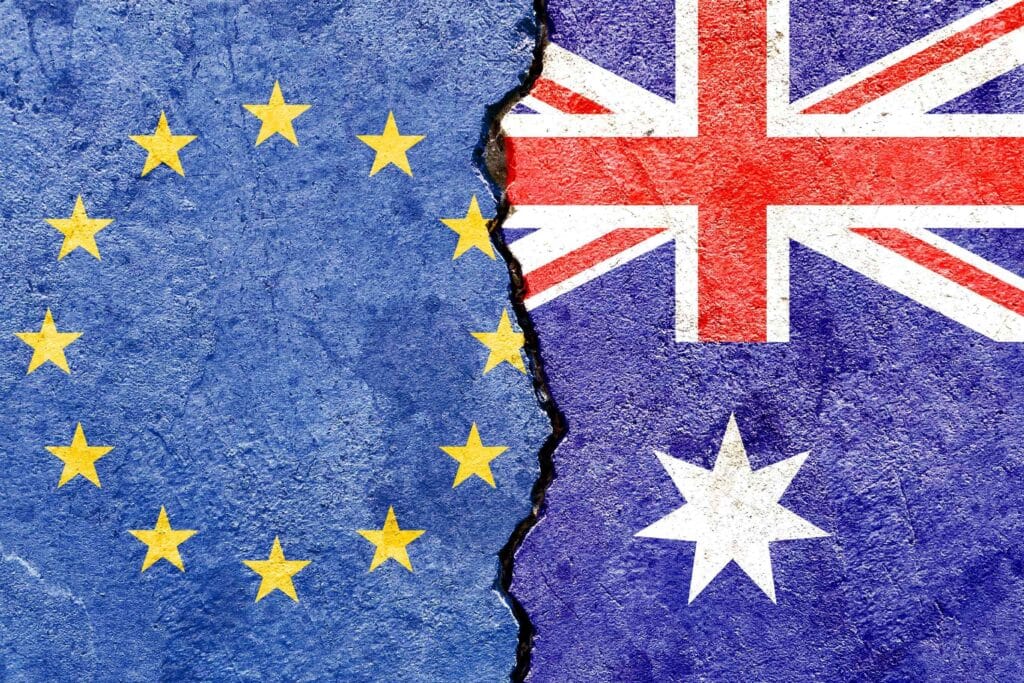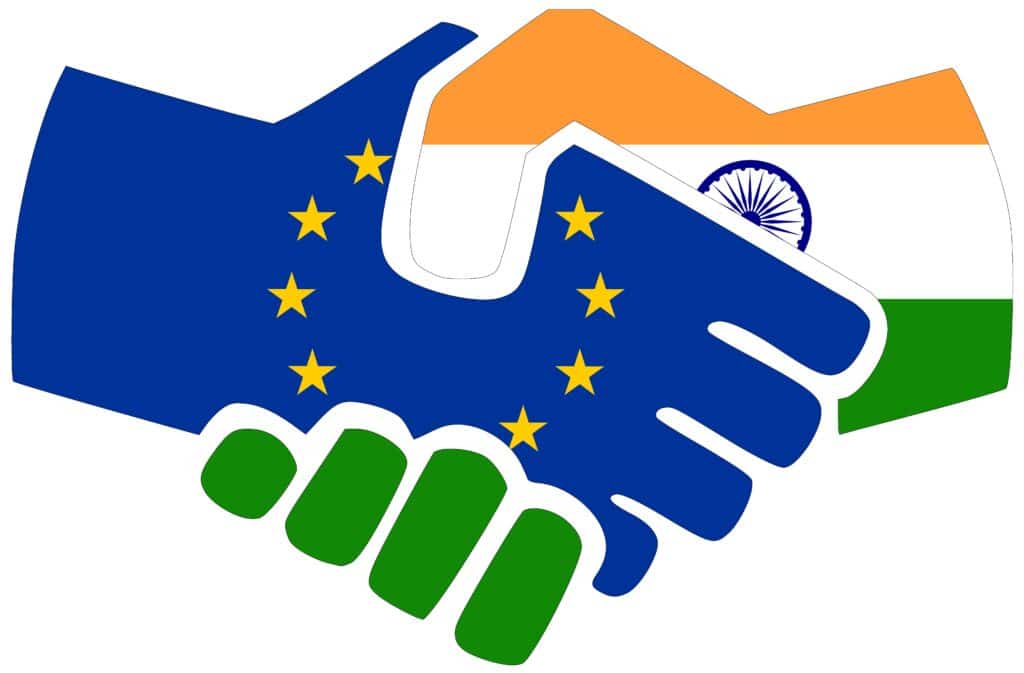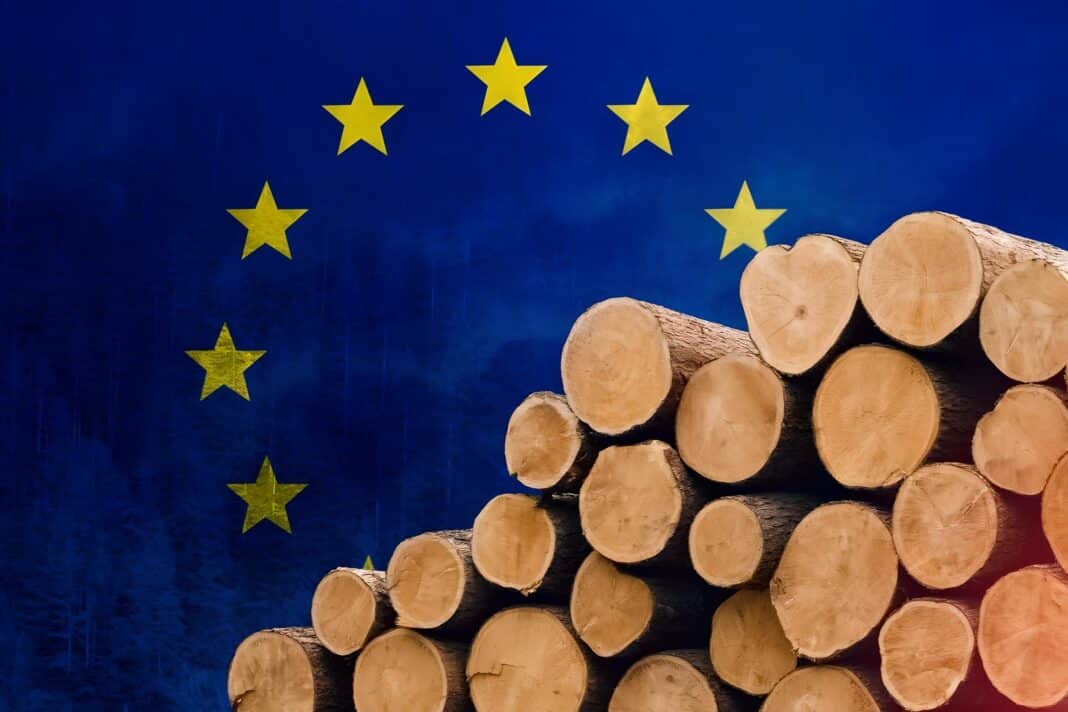Australia’s leading opposition party has slammed the European Union’s new deforestation regulation – with Kevin Hogan, the country’s shadow minister for trade and tourism, labelling the EUDR as “flawed and likely to impact trade flows (for beef and timber).”
It comes after Wood Central exclusively revealed that Australia’s then Agriculture, Fisheries and Forestry Minister Murray Watt has written to the EU Commissioner for the Environment to raise concerns about the regulation and its impact on trade with the EU.
In July, Wood Central revealed that the Australian government was racing against the clock to convince the European Union that tree clearing is not “deforestation.” The definition potentially risks millions of cubic metres of timber—sold directly into the EU or via a third country—and a small but highly lucrative beef market.
According to Mr Hogan, “The issue is not only that we have another country attempting to tell our farmers what to do and how to do it, but fundamental pieces of this regulation have been developed with no consideration or understanding of landscapes and farming practices.”
“The European Union developed its definition of deforestation and a ‘global forest map’ which are entirely flawed and in conflict with the ABARES map of Australia’s forests, mapped according to Australia’s internationally recognised forest definition,” he said. “Under these rules, farmers would be unable to clear basic weeds like lantana, which is defined as ‘deforestation’. Ironically, this poses significant environmental concerns by ‘protecting’ noxious weeds.”
Is Aussie Beef and Timber at risk under the EUDR definitions?
In May, Wood Central spoke to an EUDR expert – currently working on Australia’s response to the regulation – who said, “The legislation defines “deforestation,” “deforestation-free,” “non-compliant product,” and “forest,” which is “crucial in assessing Australia’s exposure to EUDR.”
“The EUDR is unique because it is a B2B regulation set up by the EU but enforced by individual EU members,” they said, adding that it’s conceivable that beef and timber exporters may need to run two separate supply chains, “one that is EUDR-ready, and the other which is not.”

The problem with the EUDR is that the framework captures large-scale land clearing and forest destruction – specifically palm oil and coffee, “but that broad brush is not necessarily fit-for-purpose when talking about Australian forests,” the expert said.
Does the EUDR meet EU law?
Australia’s concerns came after Wood Central revealed last week that the EUDR could violate several European laws: “The EUDR is introducing significant uncertainty into the EU market due to its excessive bureaucracy on relevant commodities and products,” according to Vasile Andrei Ianovici, a legal expert who is a vocal critic of the new laws.

“The new law is contrary to the principle of legal certainty, and continuous due diligence required for goods already on the market can be seen as probation diabolical, which is illegal,” Mr Ianovici said, adding that the new laws impose “a double standard” and is in breach of Article 191, paragraph 2 of the Treaty on the Functioning of the European Union (TFEU).
How the EUDR will work
- The regulation will assign regions within countries inside and outside the EU a low, standard, or high-risk level associated with deforestation and forest degradation.
- This risk classification will guide the obligations of various operators and the authorities in member states to perform inspections and controls. Consequently, this will streamline monitoring for high-risk regions and simplify due diligence processes for low-risk areas.
- Authorities responsible for these areas must inspect 9% of operators and traders dealing with products from high-risk regions, 3% from standard-risk areas, and 1% from low-risk regions. This inspection aims to confirm whether they are effectively meeting the obligations stipulated by the regulation.
- Further, these competent authorities will inspect 9% of relevant goods and products either placed on their market, made available, or exported by high-risk regions.
- Lastly, the EU plans to enhance its cooperation with partner countries, focusing primarily on high-risk areas.
For more information on EUDR and its impact on global furniture supply chains, visit Wood Central’s special feature on EUDR and its implications for the European supply chain for timber-based furniture products.






